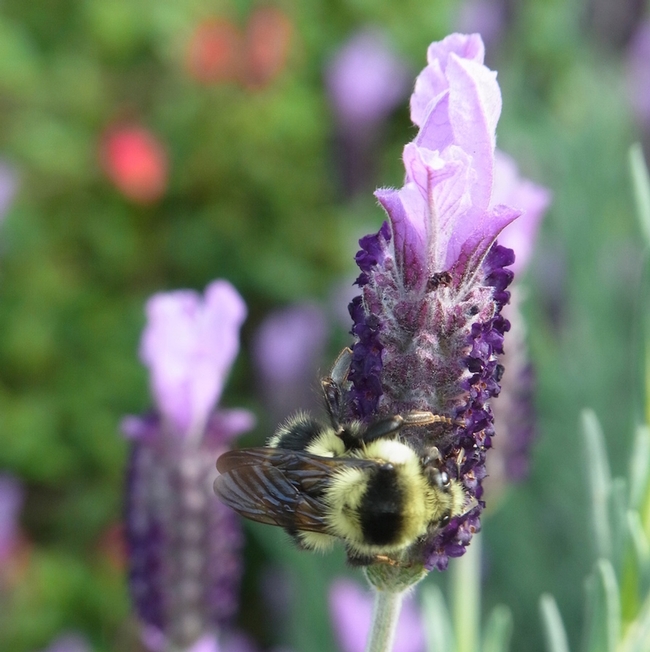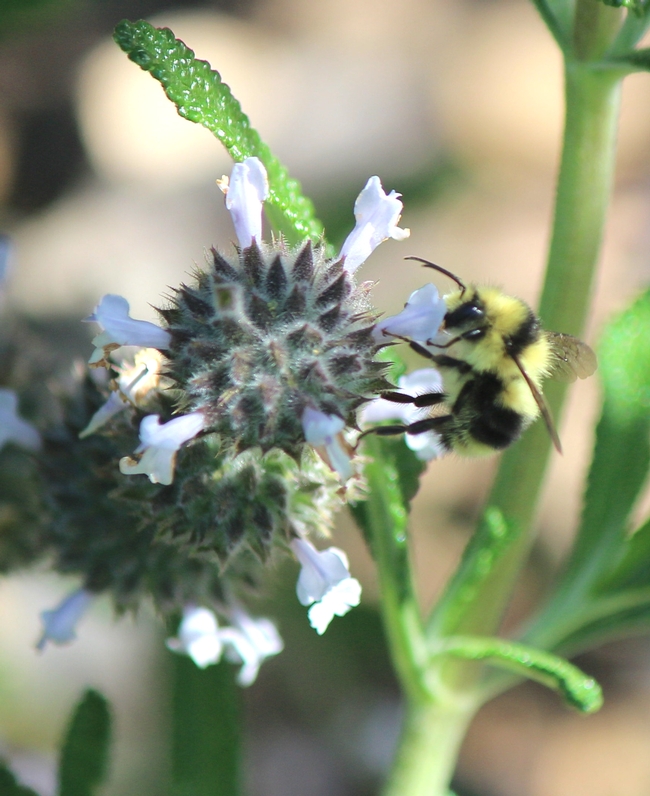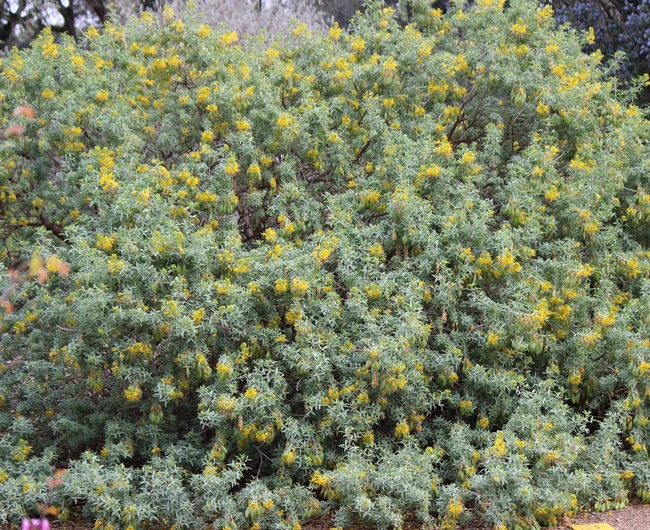It's the first week of spring at the Haven and our plants are starting to look their best. For those of you who cannot make it to the garden this week, here's a brief tour of what's going on. For those who can make it, I've included some of the bees to look for.
The garden is currently open, although the cities of Davis and Sacramento are now recommending shelter-in-place. If this expands to other areas or becomes mandatory, the garden will close. Check our web page for the latest information.
Now blooming at the Haven:
Ceanothus, many species. For more detail on this genus, see this previous post.
Western redbud, Cercis occidentalis. This plant provides bright pink flowers early in the year, while leafcutter bees use its foliage for nest construction throughout the summer. This California native needs full sun and little to no summer water. It grows slowly, so it's worth buying a larger size for your own garden. It may be fed on by the redhumped caterpillar; damage occurs towards the end of the season so control is not needed.
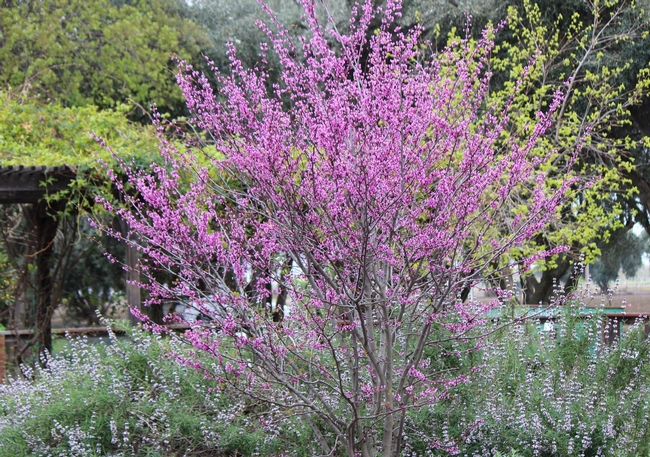
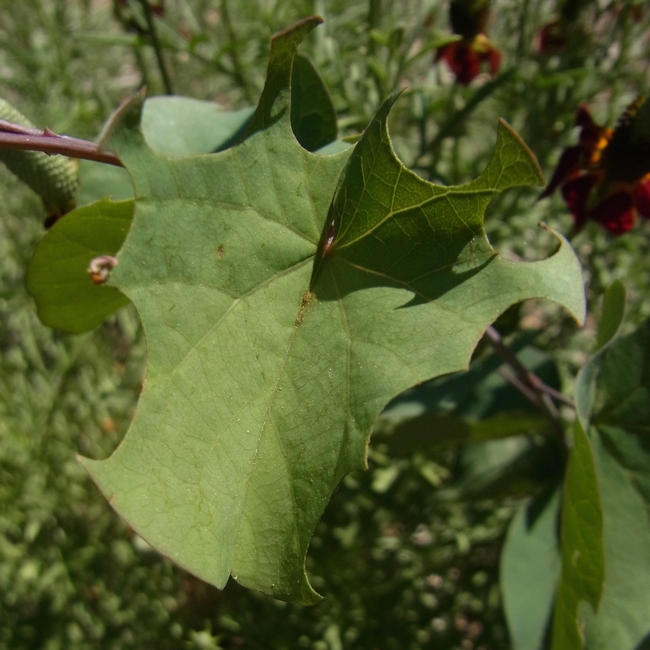
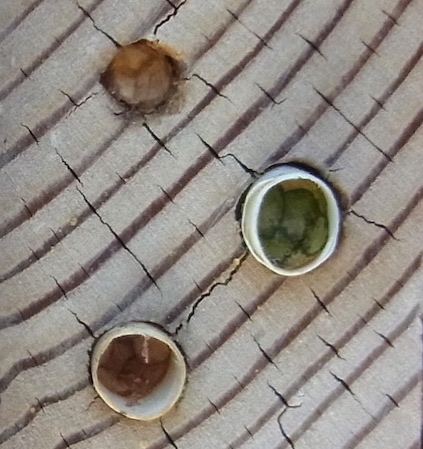
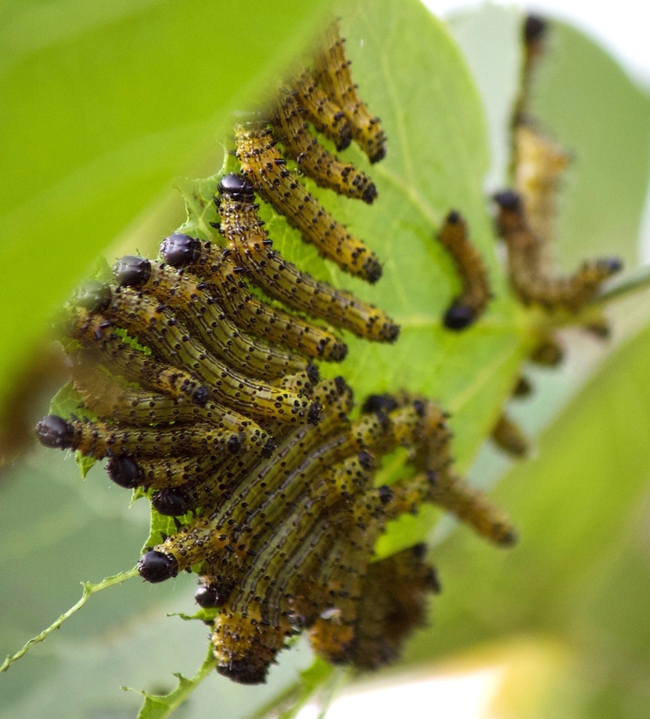
Brandegee's sage, Salvia brandegii. This is a long-blooming California native sage. As you can see from the photo, which shows one plant, it can get quite large. Flowering from late January through May, pair it with the summer blooming native Cleveland sage (Salvia clevelandii) for season-long bloom. It also needs full sun and low summer water.
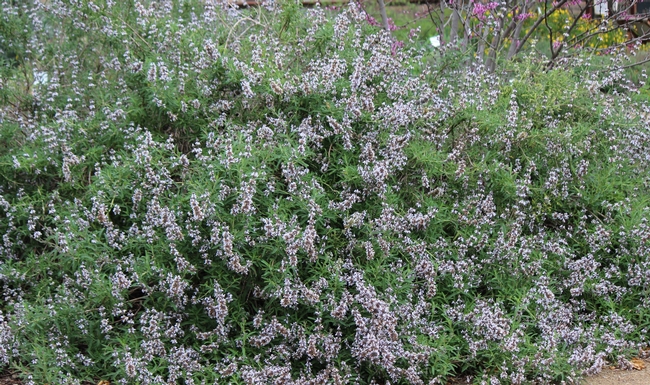
Bladderpod, Isomeris arborea. This is another long-blooming California native. It is at its peak in the spring, but will produce some flowers year-round. Our single plant is about 6 feet by 6 feet. Needs full sun and little to no summer water.
Firecracker penstemon, Penstemon eatonii. This bright red California native is used more by hummingbirds than bees, and adds a jolt of color to the early spring garden. It's soon to be followed by the foothill penstemon, a bee favorite. The firecracker penstemon can take part shade and will re-bloom if given some water after the first flush of flowers. Like most of our native penstemons, it will go dormant in the heat of the summer, at which point watering should stop.
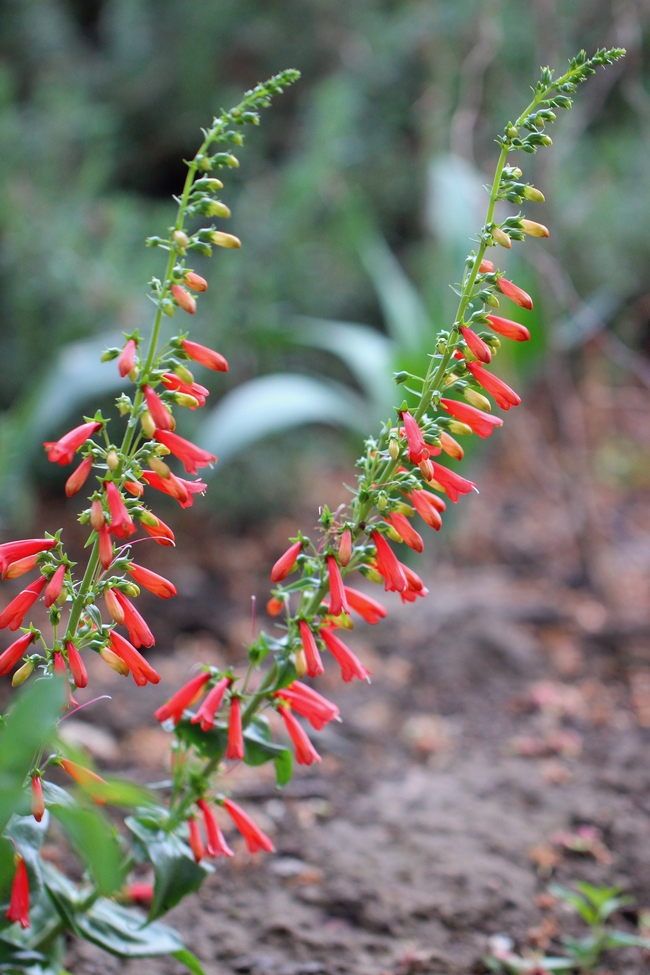
Bees to look for this week include honey bees and the blacktailed bumble bee, Bombus melanopygus. The latter seems to like the Brandegee's sage, so look for it there.
